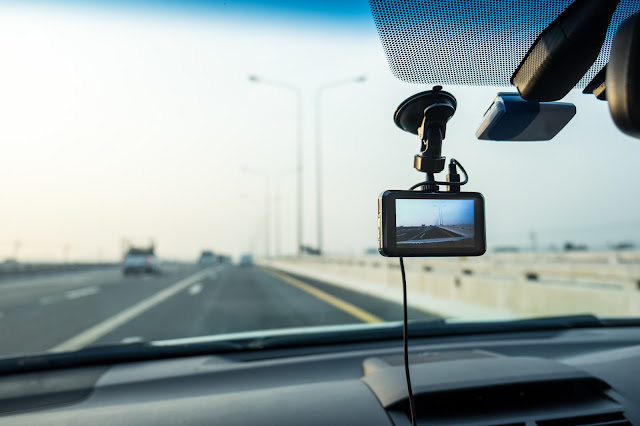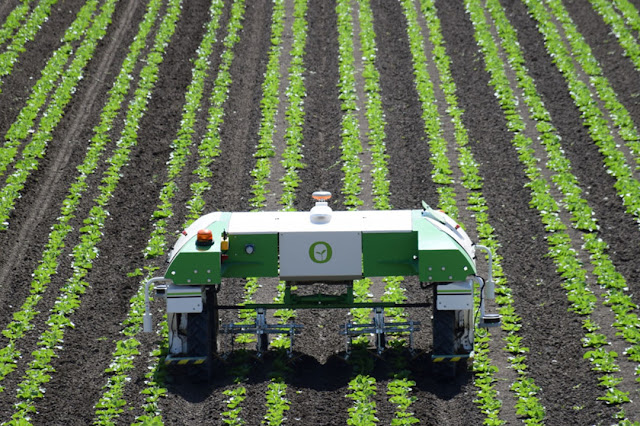Enhancing Road Safety: The Evolution of Vehicle Cameras
 |
| Vehicle cameras |
Vehicle cameras have become indispensable tools in modern
transportation, revolutionizing the way we approach road safety, driver
assistance, and overall vehicle operations. From dashcams to backup cameras and
advanced driver assistance systems (ADAS), these cameras play a pivotal role in
enhancing visibility, reducing accidents, and improving the overall driving
experience.
The Rise of
Vehicle Cameras
The integration of cameras into vehicles has witnessed a
rapid rise in recent years, driven by advancements in camera technology,
connectivity, and the growing emphasis on safety features in automobiles.
Initially used primarily for rearview assistance and parking aid, vehicle
cameras now encompass a wide range of applications, including front-view
cameras, side-view cameras, and surround-view systems that provide a
comprehensive view of the vehicle's surroundings.
Improving
Visibility and Awareness
One of the primary benefits of Vehicle
Cameras is their ability to improve visibility and awareness for
drivers. Rearview cameras, commonly found in modern vehicles, offer a clear
view of the area behind the vehicle, aiding in parking and maneuvering in tight
spaces. Front-view cameras provide a forward-facing perspective, enhancing
visibility during low-light conditions, adverse weather, or when navigating
challenging terrain. Side-view cameras and blind-spot monitoring systems
further enhance situational awareness, reducing the risk of collisions and
accidents.
Enhancing
Driver Assistance
Vehicle cameras play a crucial role in enhancing driver
assistance systems, such as lane departure warning, forward collision warning,
and automatic emergency braking. These systems use camera data to detect
potential hazards, monitor lane markings, and alert drivers to take corrective
action or intervene if necessary. Advanced camera-based ADAS features, such as
pedestrian detection, traffic sign recognition, and adaptive cruise control,
contribute to safer driving practices and accident prevention.
Mitigating
Risks and Accidents
The presence of vehicle cameras has a direct impact on
mitigating risks and reducing accidents on the road. Rearview cameras, for
instance, help prevent backover incidents by providing a clear view of objects
and pedestrians behind the vehicle. Front-view cameras and ADAS technologies
contribute to collision avoidance by detecting obstacles, vehicles, and
pedestrians in the vehicle's path and alerting drivers to potential dangers.
These proactive safety measures significantly contribute to reducing accidents
and improving road safety for all road users.
Enhancing
Parking and Maneuverability
Parking and maneuvering in tight spaces can be challenging
for drivers, especially in crowded urban environments. Vehicle cameras, coupled
with parking assistance systems, make parking and maneuverability more
manageable and stress-free. Backup cameras provide a clear view of obstacles
and obstructions behind the vehicle, making parallel parking and reverse
maneuvers safer and more precise. Surround-view cameras offer a 360-degree
perspective, assisting drivers in navigating tight spaces and avoiding collisions
with stationary objects.
Integration
with Connectivity and Telematics
The integration of vehicle cameras with connectivity and
telematics systems further enhances their functionality and utility. Connected
cameras can transmit real-time video feeds to cloud-based platforms, allowing
for remote monitoring, fleet management, and driver behavior analysis.
Telematics data combined with camera footage enables insights into driving
patterns, road conditions, and potential safety risks, empowering fleet operators
and drivers to make informed decisions and improve overall operational
efficiency.
Future
Innovations and Adoption
Looking ahead, the future of vehicle cameras lies in
continued innovation and adoption across the automotive industry. Advancements
in camera resolution, image processing algorithms, and artificial intelligence
(AI) capabilities will further enhance the accuracy and reliability of
camera-based systems. Integration with emerging technologies such as LiDAR and
radar sensors will enable more sophisticated detection and recognition
capabilities, paving the way for fully autonomous driving experiences in the
future.
A Safer
Driving Experience
Vehicle cameras have revolutionized road safety by providing
drivers with enhanced visibility, situational awareness, and driver assistance
capabilities. From preventing accidents to improving parking and
maneuverability, these cameras have become indispensable tools in modern
vehicles. As technology continues to evolve and adoption rates increase,
vehicle cameras will continue to play a crucial role in creating a safer, more
efficient, and enjoyable driving experience for drivers and passengers alike.



Comments
Post a Comment